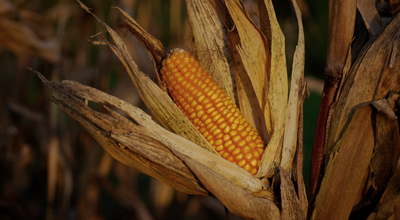
Image: Pixabay
The Secretariat of Agriculture, Livestock and Rural Development (SEAPDR) of Rio Grande do Sul issued a phytosanitary alert for the occurrence of Dalbulus maidis, better known as the corn leafhopper, in the state's corn crops.
The alert is based on a study developed by the Department of Agriculture and Emater, under the coordination of Mapa, which together monitored the affected corn crops. And also in the reports of recent occurrence of Dalbulus maidis in crops in the early stages of this harvest, in the history of infestations in the previous harvest and in the forecast of little rain for the next period.
“We ask colleagues to act in guiding entities, cooperatives, input companies, technical managers and rural producers in routine actions, adding this alert to activities”, highlights Ricardo Felicetti, head of the Plant Health Defense Division at SEAPDR. He highlights the importance of carrying out this control, especially at this point at the beginning of planting, which will have an impact on the infestation condition for the remainder of the harvest.
{module Form RD}
The main recommendations are:
- Eliminate spontaneous corn plants from the off-season;
- Use cultivars tolerant to leafhoppers and stunting;
- Carry out phytosanitary treatment of seeds;
- Plant corn, avoiding the proximity of new crops to older crops or areas with previous infestation;
- Avoid successive sowing of corn in the same area;
- Optimize crop planning, preferring optimal periods to the detriment of late sowing;
- Aim to reduce grain losses during harvest;
- Control the corn leafhopper according to technical guidance.
Monitoring was carried out between April and May this year in 151 municipalities in Rio Grande do Sul, when the largest infestations were observed. During this period, 179 samples were collected from corn crops. The samples were sent to the Federal Laboratory of Goiás (LFGO) to identify the pathogens associated with the corn stunt complex and collect data for epidemiological characterization.
The analyzes identified the presence of pathogens associated with stunting in 44% of the samples. “This highlights the risk of an increase in the occurrence of corn stunting in this harvest, since it is the leafhopper that transmits these pathogens and they are occurring in several regions of the state”, says Felicetti.
Source: datagro










